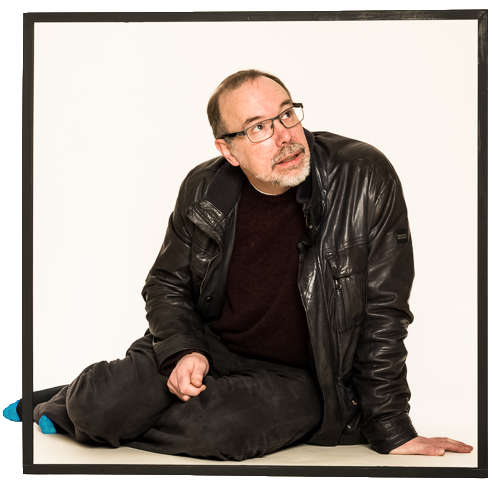What is Young Adult Fiction?
I was watching the ‘Imagine’ documentary about Children’s Literature last night. Alan Yentob more than once referred to the ‘blurring’ of the boundaries between children’s fiction and adult fiction without once mentioning that there are writers working specifically in the zone between the two. The area that I mainly write in is called ‘Young Adult’ fiction (YAF) in order to differentiate itself from children’s fiction. YAF has been around for at least thirty years, yet many people are unaware that it exists. To be fair to Yentob, Malorie Blackman, who writes at the younger end of YAF, was given a couple of minutes, while Melvin Burgess, at the older end, got a couple of snippets in a 50 minute show. These ratios accurately reflect the amount of attention that YAF gets within the children’s book world.
And yet… Young Adult Fiction may be one of the smallest, but it is also one of the most important parts of the children’s books market. It targets readers in their early to mid teens, a time when research shows that half of the audience stop reading fiction and never start again. YAF includes novels aimed at teens and preteens with a high reading age. It also includes the kind of novel I write, which are aimed at readers who have reached adolescence. YAF provides a bridge to adult fiction, yet has its own very specific concerns, providing a vital place for reflection during adolescence, the most difficult phase of many people’s lives.
YAF is at a turning point. There are a new generation of powerful writers coming through and much discussion of ‘cross-over’ success, where adults read novels that they would have never considered reading when younger. But these ‘cross-overs’ are the exception. It used to be that the YAF books that got most attention weren’t aimed at teenagers at all. They were for librarians and teachers who would foist them on their brightest students. Those of us who wrote the kinds of novels that lots of teenagers actually wanted to read were treated as a necessary evil, looked down on because we deliberately eschewed being ‘literary’. These barriers are breaking down, yet YAF remains one of the hardest areas for writers to earn a living in. It’s a low priority with most publishers, as the audience predominantly borrows rather than buys its books (and from school libraries, where PLR does not apply). Lots of writers soon discover the pitfalls of YAF, and move on. Those of us who stay have to subsidise our work with school visits, part time jobs, or other kinds of writing. Since I started getting published, fifteen years ago, pressure has often been put on me to write for younger readers ‘because that’s where the money is’. YAF, publishers warn, is too risky an area, undefined and unprofitable.
I know what I’m doing, and why. So do most of the YAF writers I’ve become friendly with over the years. Nevertheless, many of us feel that we are working in the dark, doing important work with very little recognition. In the next entry, I hope to explore one way we can start to change this situation.
